Any questions?
If you would like to use any specimens for research
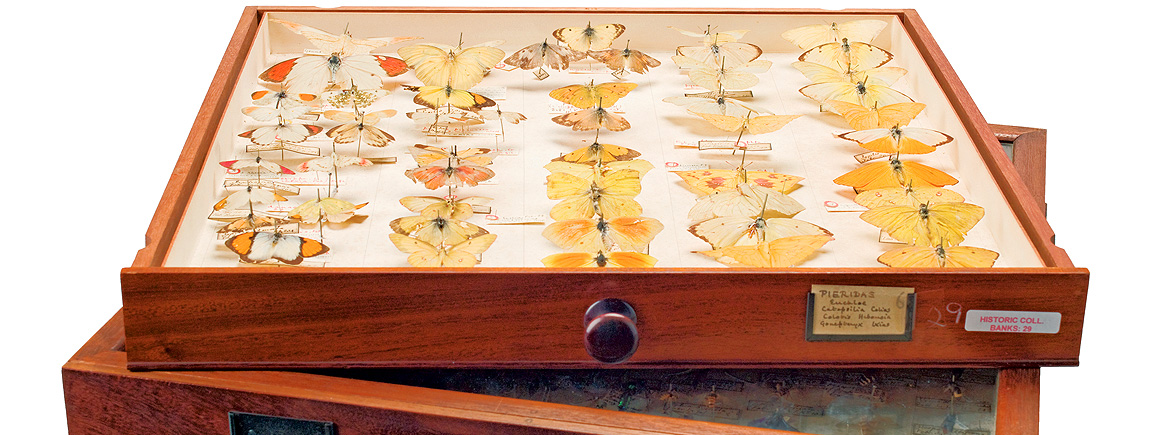
Sir Joseph Banks (1743 - 1820) insect collection of 4,000 insects, includes butterflies, flies, bugs and moths.
The Banks and Sloane collections are the only two collections maintained separately within the entomology collections.
Although there are other rare, culturally and historically significant collections at the Natural History Museum these are the only two officially designated as historic by the trustees of the Museum.
These unique collections are approximately three hundred years old and are key to telling the history of collecting and the science of taxonomy. Both collections have strong links with Carl Linnaeus.
The importance of these collections cannot be overstated. It is a direct link with the foundation of this institution; it is also a remnant of one of the great 18th century cabinet of curiosities and the start of the age of enlightenment.
Beyond cultural aspects the collection provides tangible evidence of the history of collecting. The collection also has a taxonomic significance as Linnaeus mentions part of the collection in his Systema Naturae, 1758.
The Sloane collection contains insect specimens collected and purchased by Sir Hans Sloane and thus its history can be traced back to the foundation of the British Museum and the subsequent establishment of the Natural History Museum.
While Sloane himself was an avid collector he also acquired other notable collections to add to his own. A large proportion of material comes from James Petiver and Leonard Plukenet
A renowned botanist and appointed supervisor of the King’s gardens at Hampton Court Palace during the reign of William and Mary II. He was favoured by the Queen and was referred to as her botanist and gardener.
The surviving bound volume of insects is thought to be the world’s oldest complete insect collection, dating from the late 17th Century.
If you would like to use any specimens for research
The historical collections are being digitised
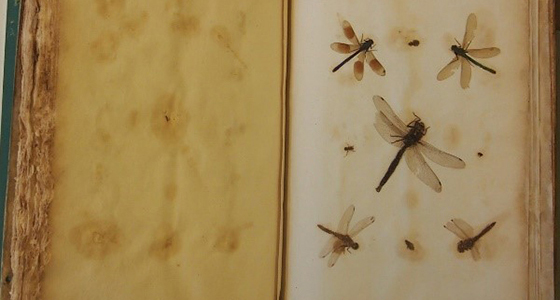

James Petiver was a London apothecary and a Fellow of the Royal Society, famous for his study botany and entomology. After his death, his collections were purchased by Sir Hans Sloane for £4000. Two bound volumes of insects preserved between mica sheets remain with his collection of insects housed in small glass topped boxes.

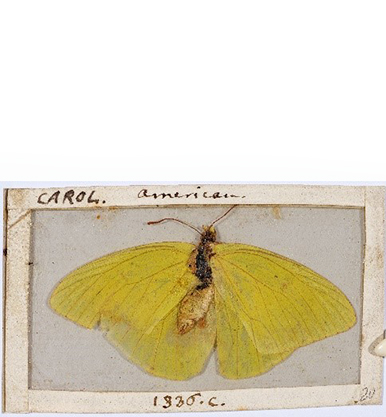
A naturalist, botanist and patron of natural sciences, Banks was made President of the Royal Society in 1778.
The Banks Collection comprises approximately 4000 dried pinned specimens collected by Banks during his life and includes specimens from Captain Cook’s Endeavour voyage during his circumnavigation of the globe.
Not only were these specimens some of the first from areas such as Australia, but in London they were soon studied by the entomologist J.C. Fabricius. He described many new species from the Banks collection.
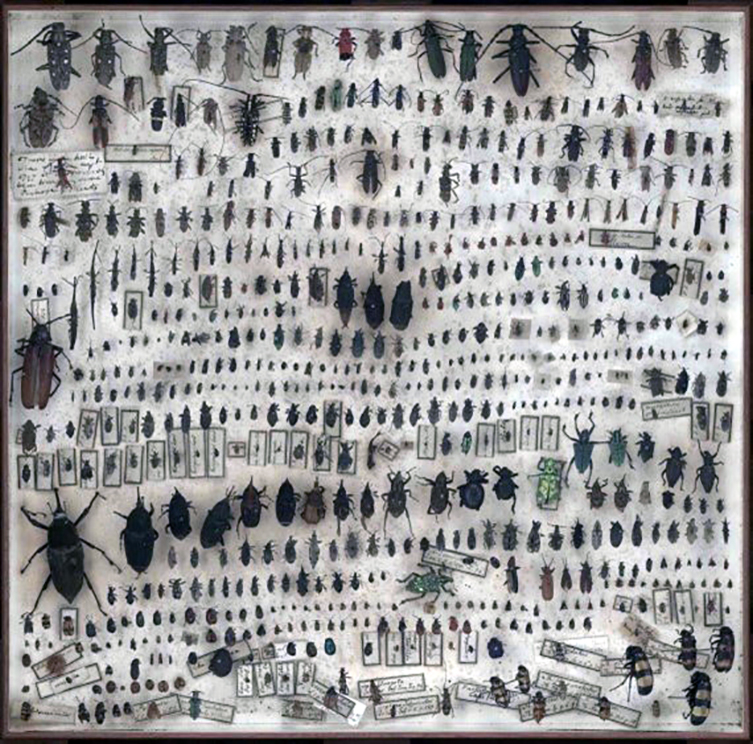
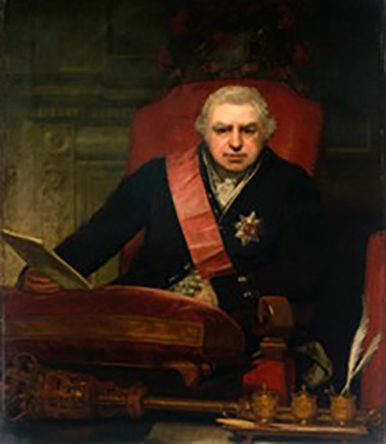
Alfred Russel Wallace is most famous for co-discovering evolution by natural selection alongside Charles Darwin in 1858. He was a Victorian, naturalist, collector and social commentator. The majority of his collection was sold to William Chapman Hewiston in 1871 and later left to the Natural History Museum in 1879. However, in 2002 the Natural History Museum was able to purchase his correspondence and a cabinet of insect specimens that Wallace had kept as reminder of his travels.


Many of Darwin’s specimens from the Beagle voyage are incorporated throughout the vast entomology main collection at the Natural History Museum. As Darwin specimens are discovered, they are being databased.
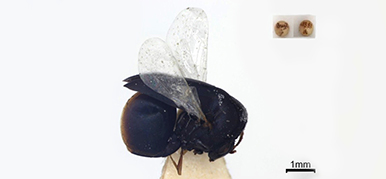

Scientists and collections management specialists can visit the collections and borrow specimens for research.
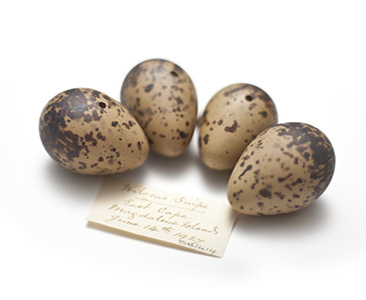
Our duty is to provide a safe and secure environment for all of our collections.
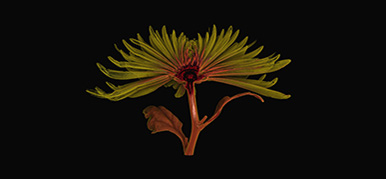
We have set out on an ambitious programme to develop a new science and digitisation centre. As we prepare for the move, access to some collections will be affected.
Find out more and sign up to our newsletter to receive updates on changes to collections access, relevant news and opportunities to get involved.
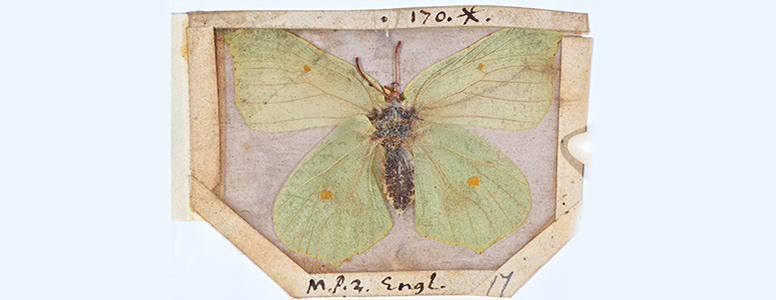
Our scientists are conserving the Museum's vast insect collection, collecting and identifying new species and utilizing the collections for cutting edge entomological research.